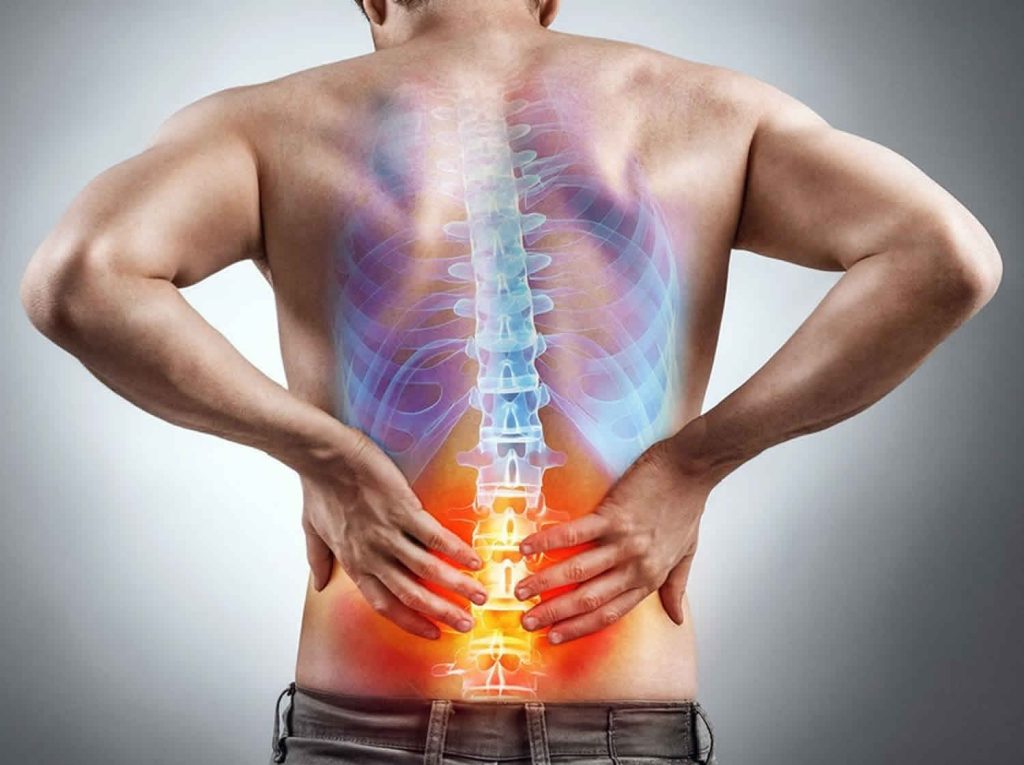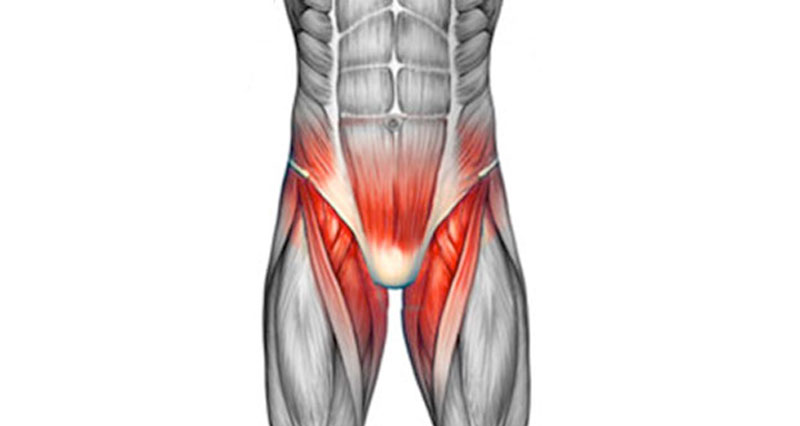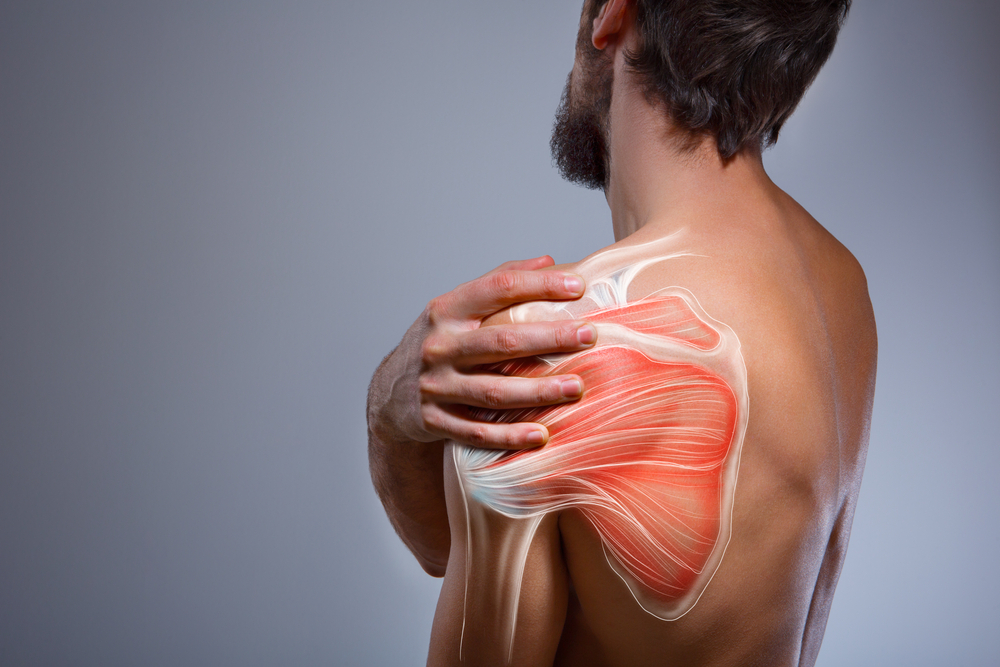Certainly, I can provide a general overview of conditions related to the cuboid and how Smile Again Physiotherapy Clinic may address them. However, keep in mind that specific details would depend on individual cases and assessments conducted by the clinic’s physiotherapists.

Cuboid Conditions:
- Cuboid Syndrome:
- This is a condition where the cuboid bone in the foot is displaced, often resulting in pain on the lateral side of the foot. It can be caused by trauma, overuse, or biomechanical issues.
- Sprained Cuboid:
- Similar to sprains in other joints, a cuboid sprain can occur due to sudden twisting or impact, leading to ligament damage and pain.
- Subluxation of Cuboid:
- The cuboid bone can sometimes partially dislocate (subluxate) due to injury or repetitive stress. This can cause pain, instability, and difficulty in weight-bearing.
- Stress Fracture of Cuboid:
- Stress fractures can occur in any bone, including the cuboid, especially in individuals engaged in repetitive high-impact activities.
Smile Again Physiotherapy Clinic Approach:
- Assessment:
- The physiotherapists at Smile Again would conduct a thorough assessment, which may include a physical examination, analysis of gait, and possibly imaging studies to diagnose the specific cuboid condition.
- Pain Management:
- Initially, the focus may be on pain management. This could involve modalities such as ice, heat, or ultrasound to alleviate pain and inflammation.
- Manual Therapy:
- Hands-on techniques, including manual manipulation, massage, and stretching, may be employed to improve joint mobility and reduce muscle tension around the cuboid.
- Exercise Prescription:
- Tailored exercises would be prescribed to strengthen and stabilize the foot and ankle. This may include proprioception exercises to improve balance and coordination.
- Biomechanical Assessment:
- The physiotherapists may assess the patient’s overall biomechanics, including foot posture and gait, to identify contributing factors and provide corrective strategies.
- Orthotic Prescription:
- Custom orthotics might be recommended to support the foot’s arch and address any biomechanical issues contributing to the cuboid condition.
- Patient Education:
- Education is a crucial aspect. Patients would be educated about their condition, proper footwear, and techniques for self-management, including home exercises.
- Gradual Return to Activity:
- For conditions related to overuse or stress fractures, a gradual return to activity plan would be devised to prevent recurrence.
- Follow-Up and Monitoring:
- Regular follow-up appointments would be scheduled to monitor progress, adjust treatment plans if needed, and ensure a comprehensive recovery.
It’s important to note that the specific treatment plan would vary based on the nature and severity of the cuboid condition, as well as individual patient factors. Smile Again Physiotherapy Clinic aims to provide holistic care, addressing not just symptoms but also the underlying causes to promote long-term recovery and improved quality of life.



